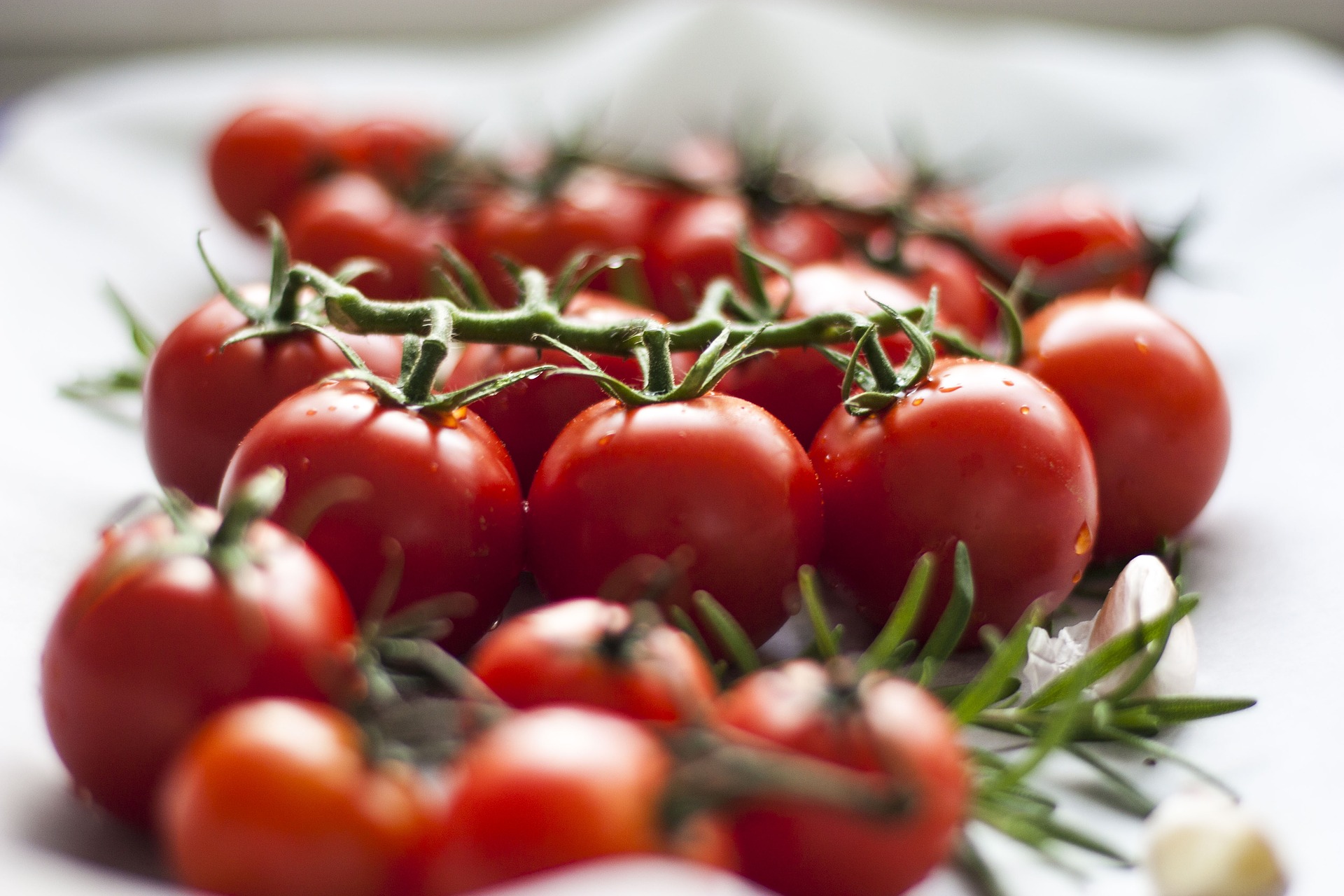Good gardeners always prepare for what the future will bring them. Now is the time to prepare for those succulent asparagus spears that will appear in the spring.
Of course, you can grow asparagus from seed but that will take too long, two years or more. So look for asparagus roots in December at the garden centers and nurseries. Be sure to keep a good lookout because people, especially Italians, will “scoop” up the roots as soon as they appear in the nurseries.
Asparagus needs a bed or trough about 10” to 12” deep and about two feet wide. You can make the bed as long or short as you want but be sure that it is in full sun.
Place the roots in the foot deep trough and then cover them with about one or two inches of earth. As the roots sprout out green growth, cover them with another layer of earth and add good, well-rotted manure. Gradually you will fill in the trough up to the level of the rest of the garden. Water in each layer and keep the earth moist, if not wet.
If you have started with one year old roots or crowns, as they are called, you will harvest some good asparagus spears this coming spring. Your most abundant yields will come in the third and following years as the crowns build up strength. Your asparagus bed should bear well for at least twenty years.
Cut off the asparagus spears where they would snap off if you bent them down in a sharp curve. You should harvest on a daily basis because frequent harvesting will give energy to the new sub-soil shoots that are pushing their way up to the sun. In any case, don’t wait until the spears develop “fern” sprays of leaves.
Asparagus is a perennial so you can clean up the bed in the winter by cutting out the old “fern” sprays. Then, add a thin sprinkling of fertilizer and continue to keep the bed moist—you don’t want those roots to go dead dry.
There are several new “improved” asparagus varieties on the market. I don’t know how important they are because I have enjoyed with gusto the so called wild asparagus I collected as a student forty years ago that I found growing along farm fence lines (thanks to the birds) near my college town Urbana, Illinois. People still do this.
However, “Jersey Knight” and “Jersey Giant” produce few or no seeds, sad for the birds. No seeds, no natural seedings. No seed has a few good points; less seeding throughout the entire garden, as asparagus if left to itself will become an invasive pest, and more energy is given back to the crowns thus producing thicker and more numerous spears.
In a small plot, asparagus has few insect pests or diseases. But, if you find beetles or their eggs, pick them off and smash ‘em. Like snails, there is no dearth of asparagus beetles in the world.
As far as I am concerned, a good gardener always has to be thinking ahead to the future. Yes, gardens like life rely on the past, but the future meets the gardener at every turn.






























